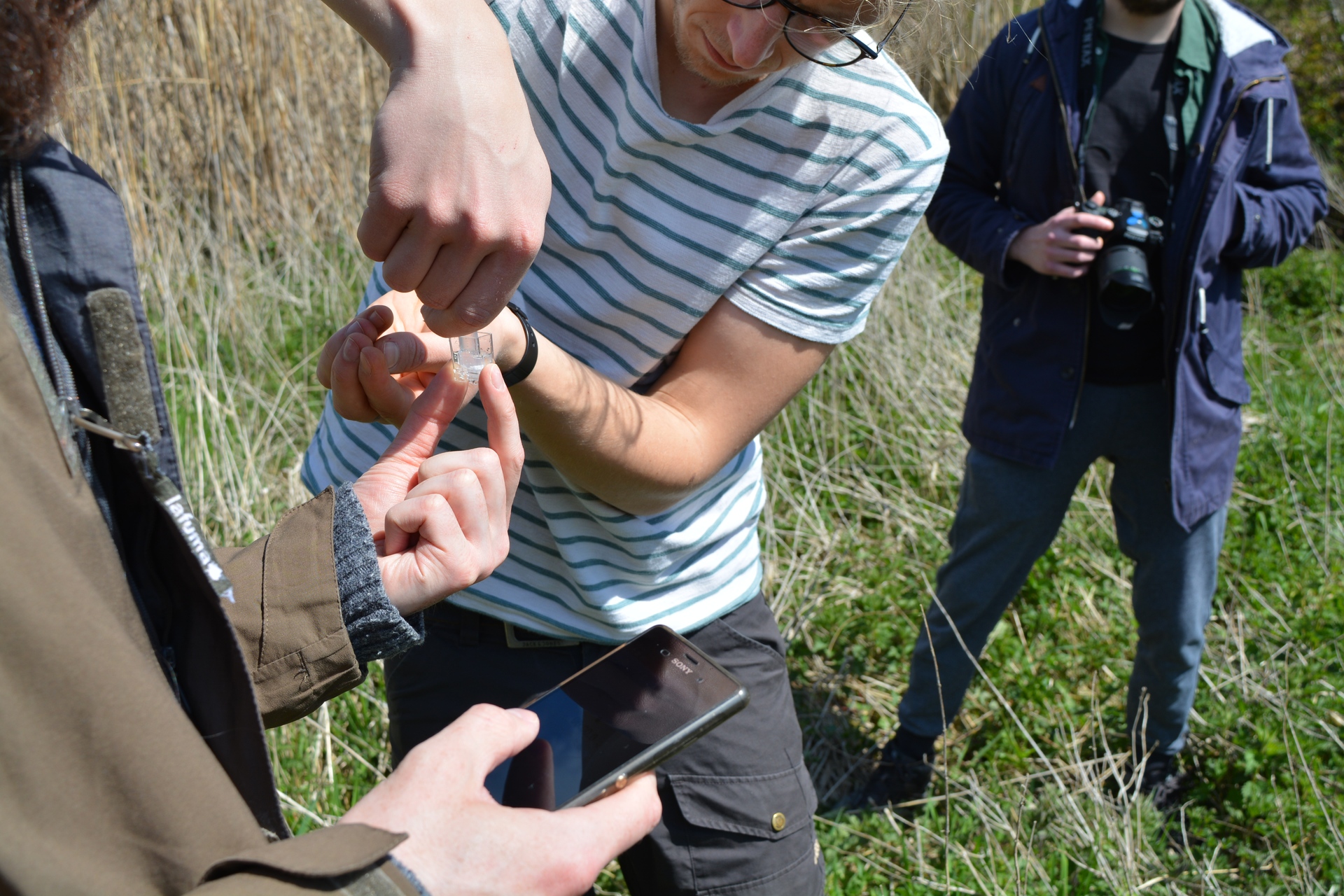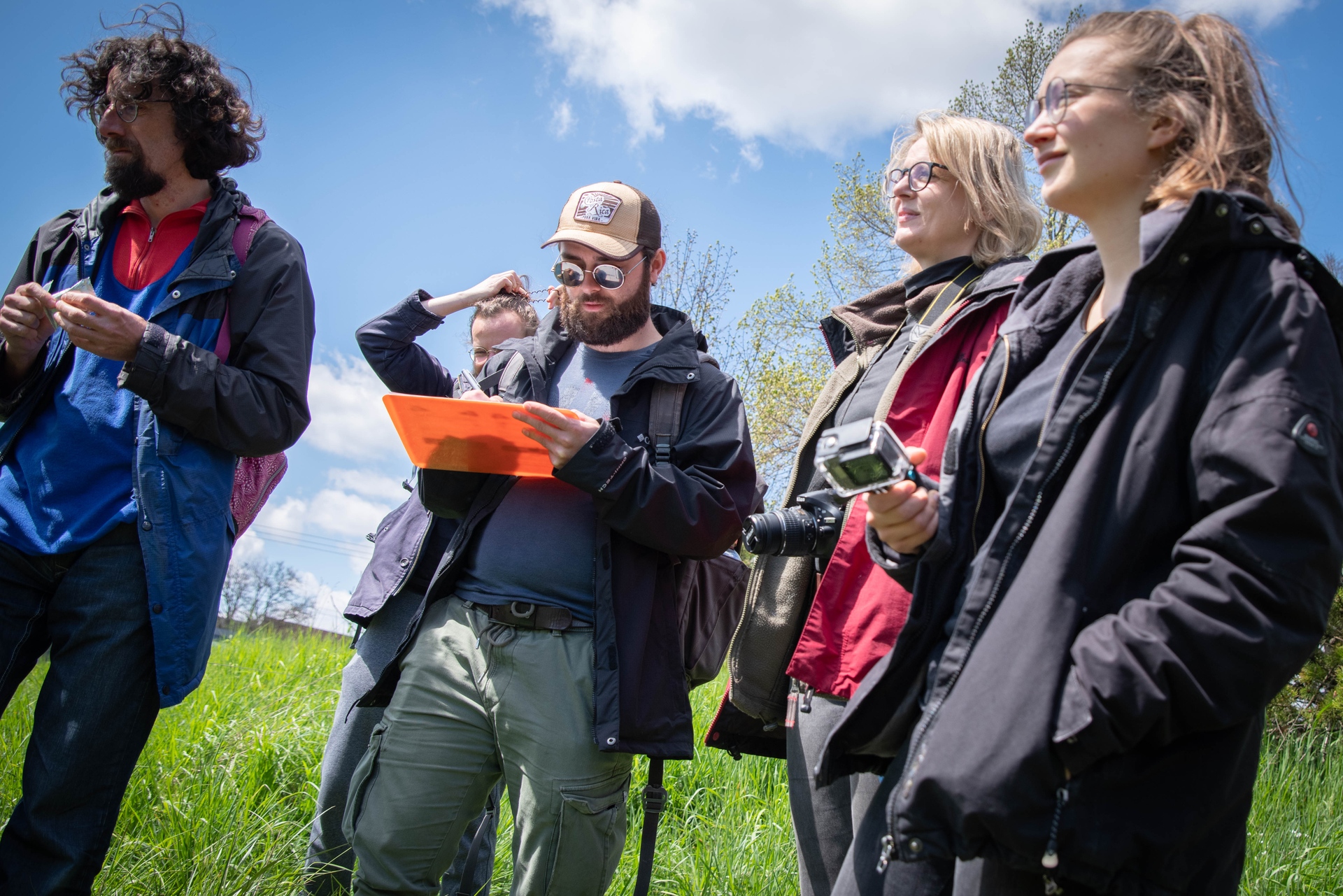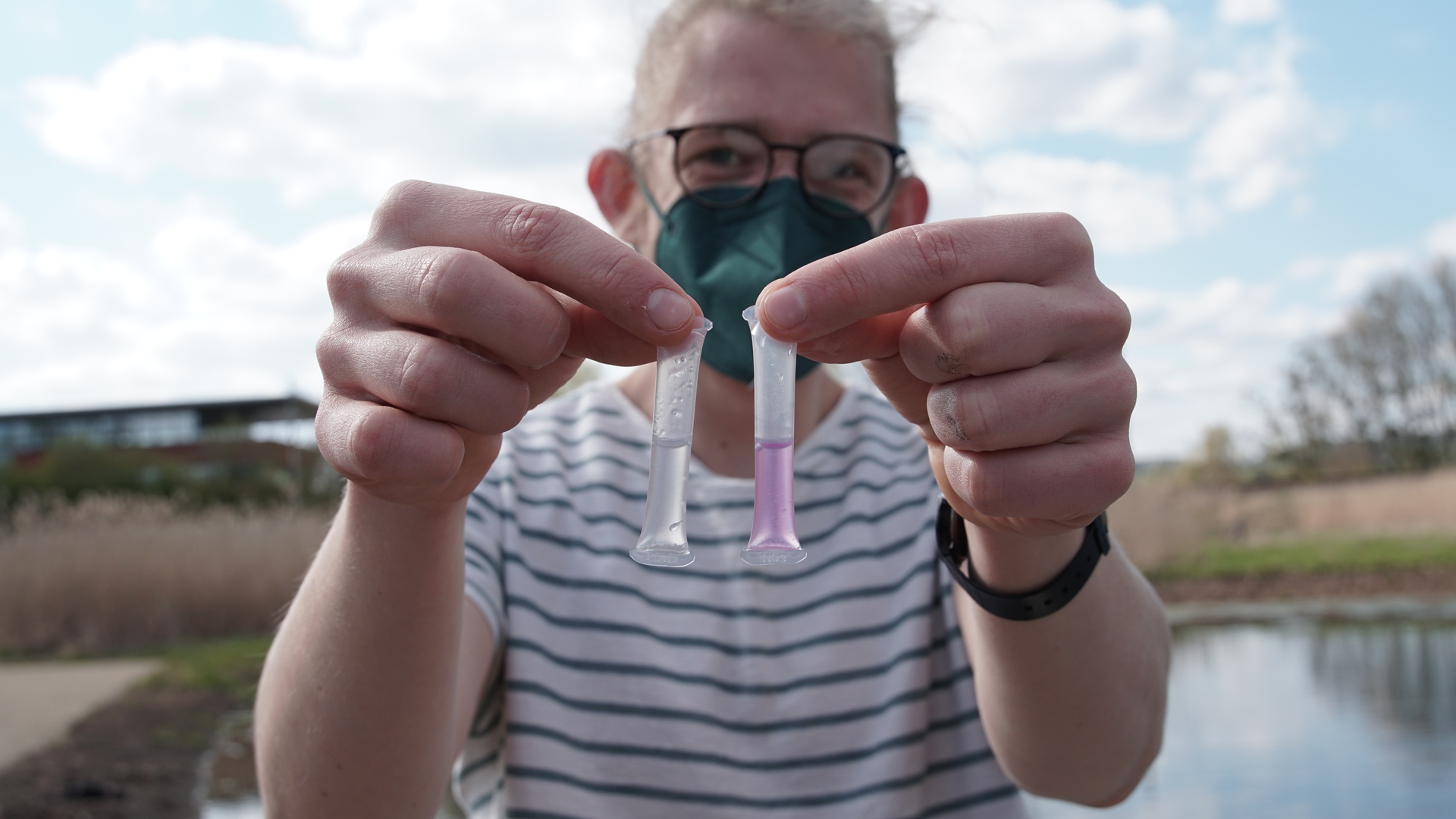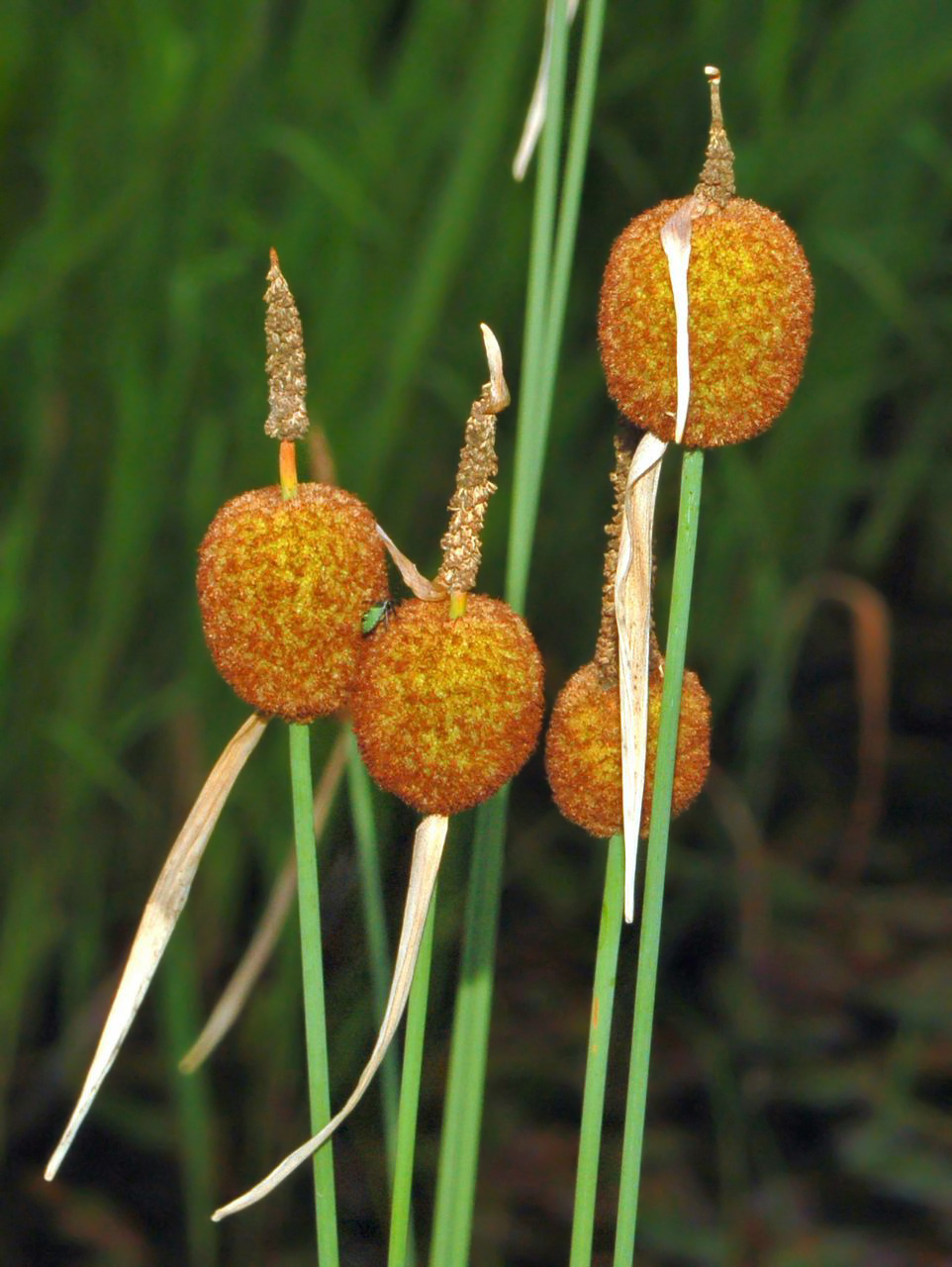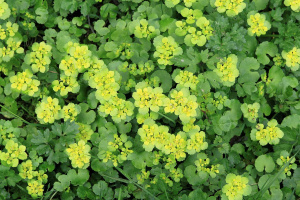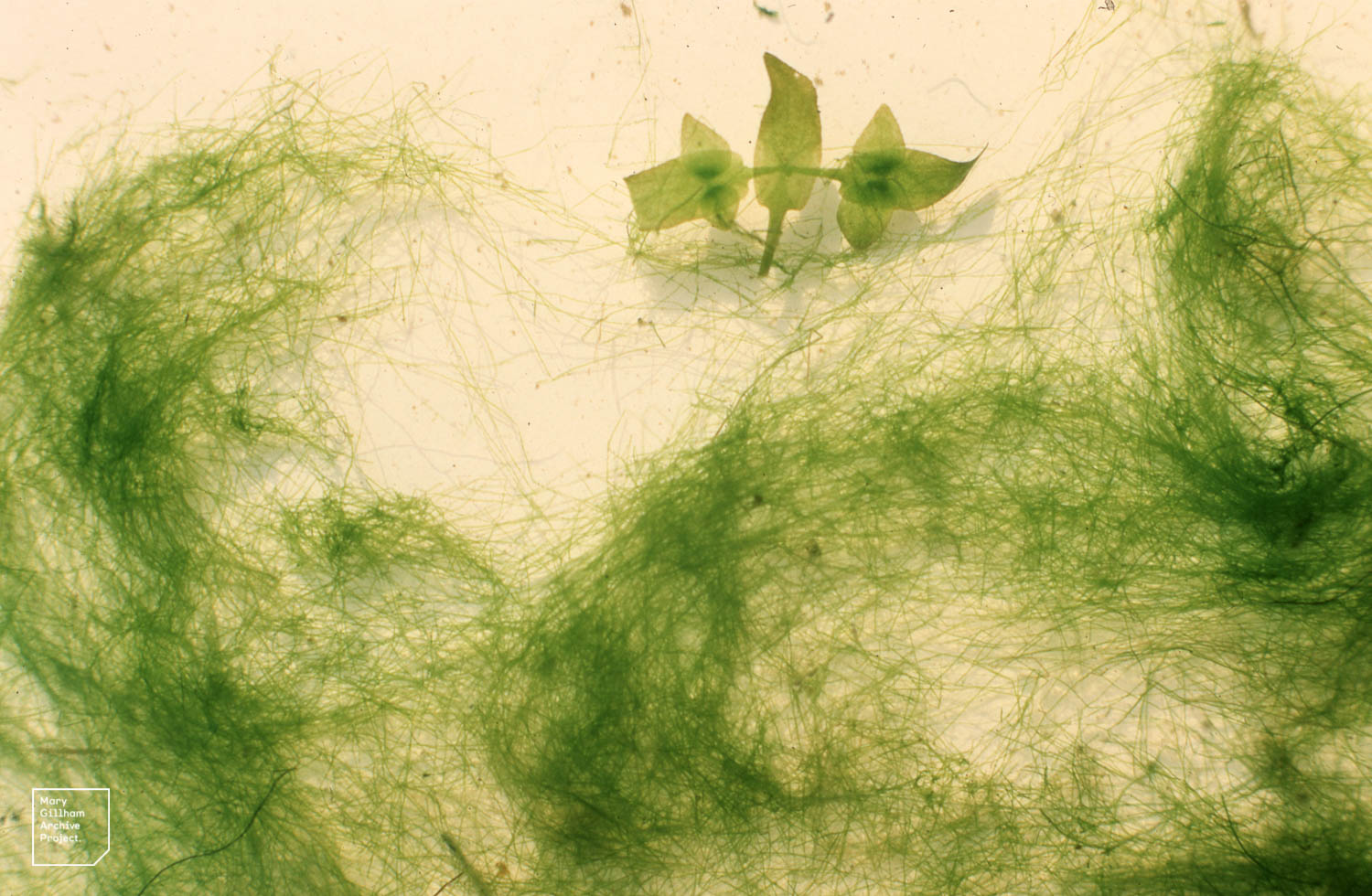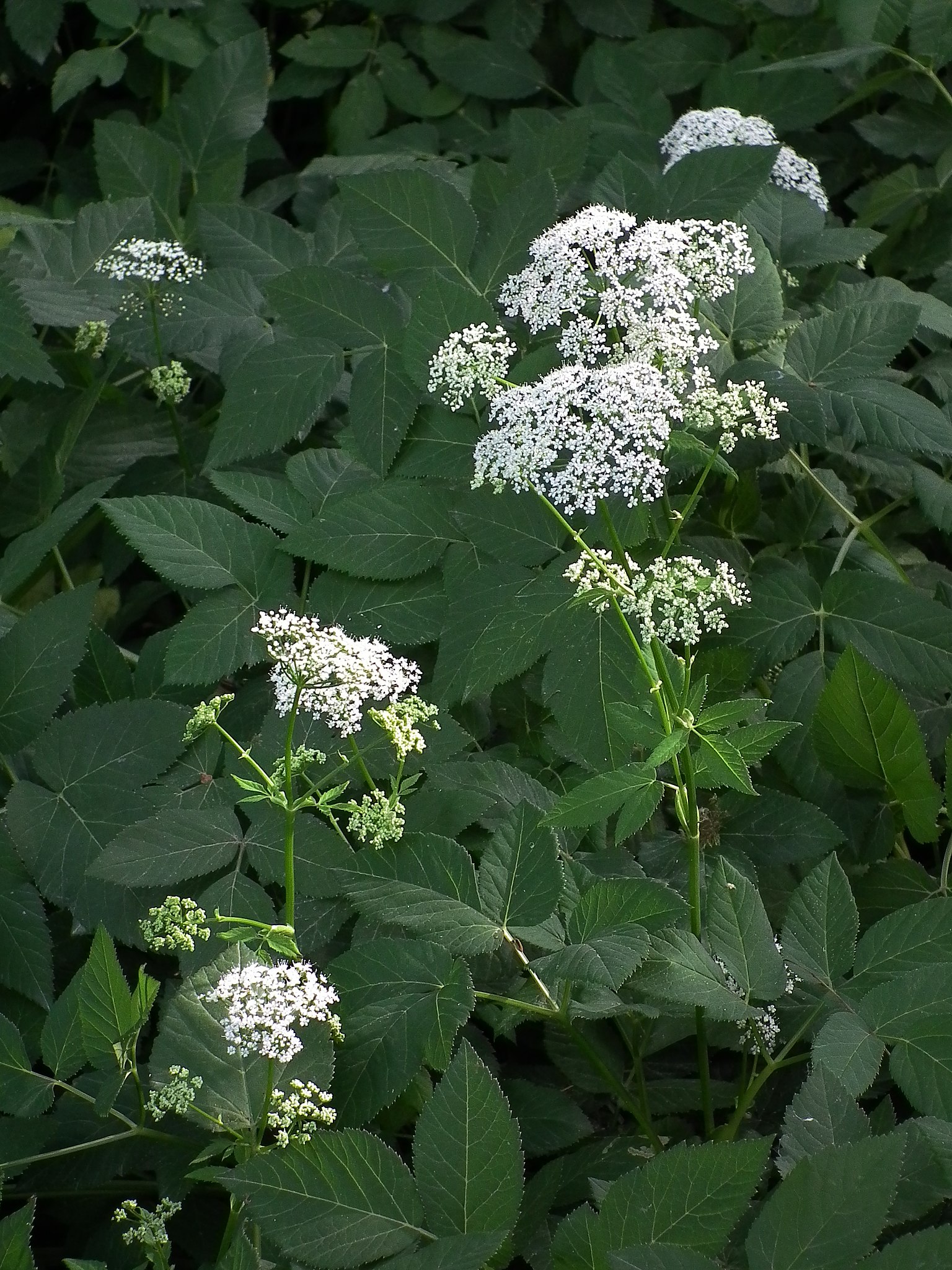Vijaya Ramanujam
Water lilies (Nymphaeaceae)
Where?
Grows mostly in sunny locations with slow flowing and stagnant waters with water depths of min. 80 cm.
Appearance?
The most common water lilies are perennial herbaceous aquatic plants, anchored by a long rhizome from the soil surface. Alternating aquatic and floating leaves are formed, in a heart-shaped to arrow-shaped or oval to roundish form with a characteristically incised leaf blade. Flowers rise from July to September above the water surface and can be of different colors depending on the species..
Special Features?
Some pond and water lilies can be toxic, especially the white water lily can cause respiratory paralysis.
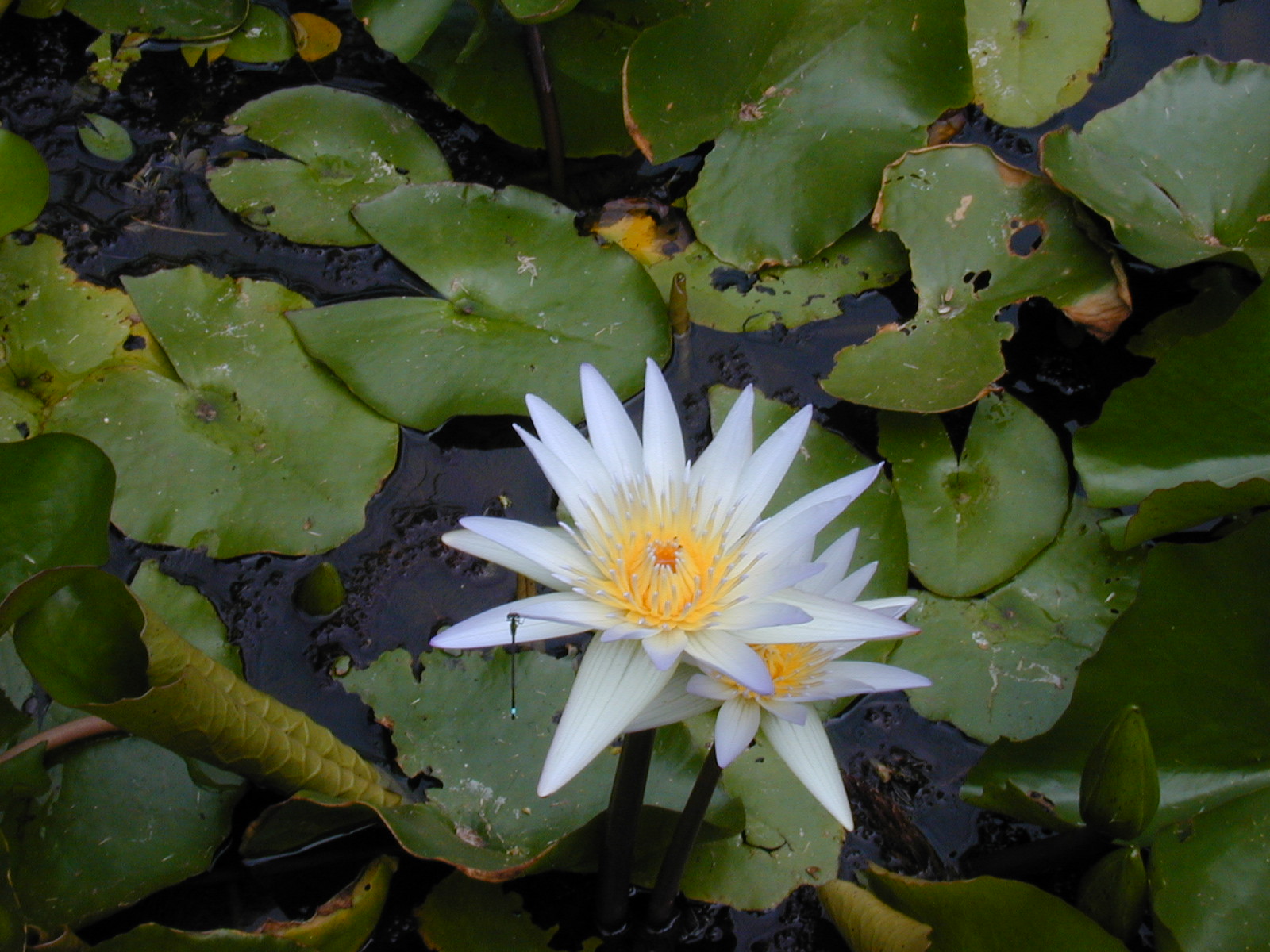
Nymphaea daubenyana - "Starr 010914-0052 Nymphaea sp." by Forest & Kim Starr is licensed under CC BY 3.0
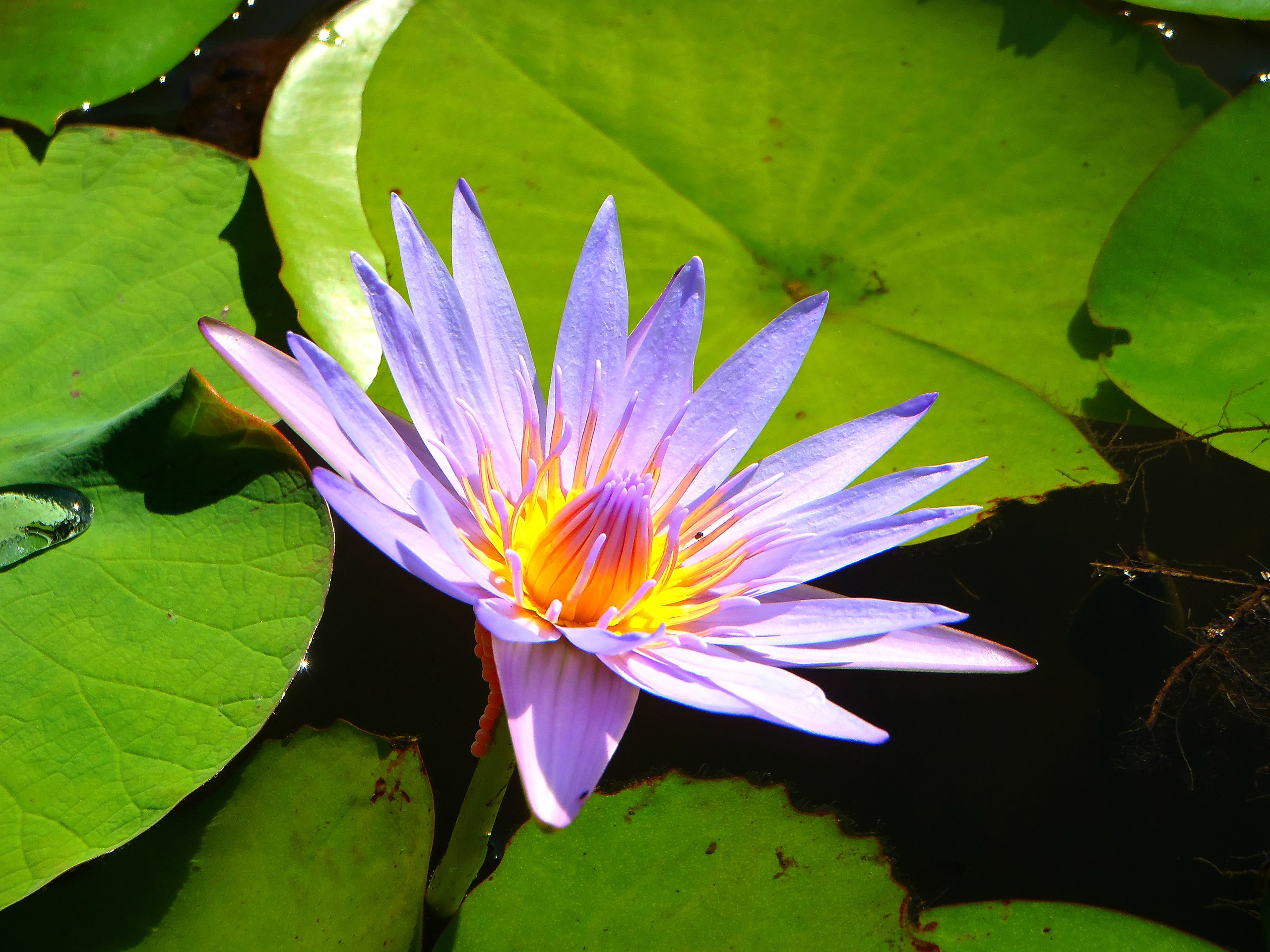
"Nymphaea caerula" by Palmbeaches974 is licensed under CC BY-SA 3.0
Cattail (Typha)
Where?
Cattails are an typical aquatic and marsh plant that can develop very dense stands in wetlands. They usually settle on the banks of water bodies, in marshes and swamps on moist to wet sites.
Appearance?
Are deciduous perennial plants that have alternate leaves on stems that are always hairless. The leaves grow stiffly erect and can reach a length of up to 4 meters. They are grass-like in shape and consist of a spongy compressible webbing. The leaf blades are curved outward to form a semicircular cross-section. The total inflorescence consists of a thicker (all-female) and an above all-male subinflorescence. The inflorescences are cylindrical to spherical in shape with very dense flowers. The flowering period is from May to August.
Special Features?
Typha species are distributed worldwide and consist of up to 40 different species.
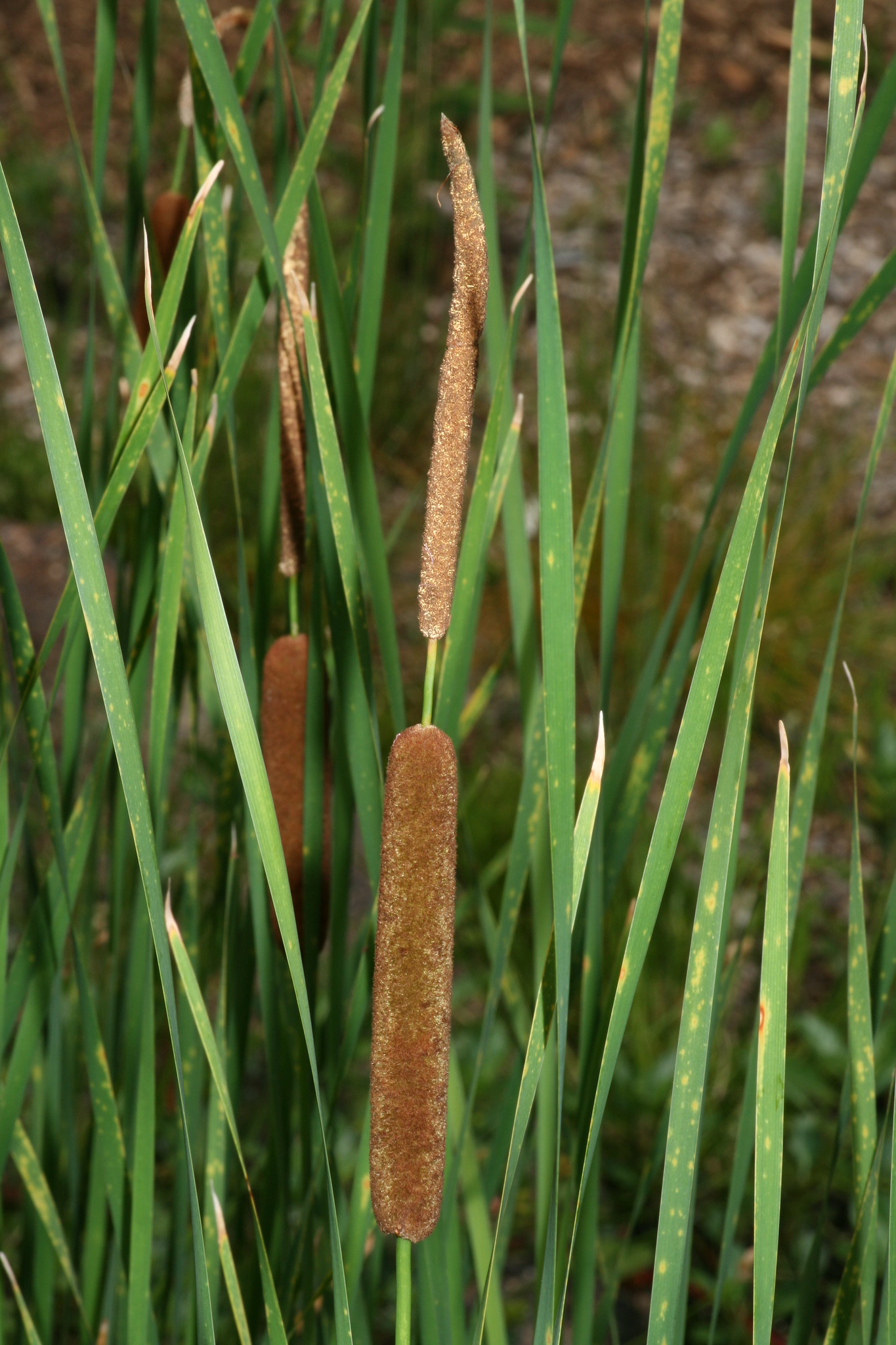
"Narrow leaf cattail (Typha angustifolia)" by John Brandauer is licensed under CC BY-NC-ND 2.0
"Typhaceae - Typha minima-1" by Hectonichus is licensed under CC BY-SA 3.0
Reed canary grass (Phalaris arundinacea)
Where?
Reed canarygrass often grows in large groups along or in flowing, oxygen-rich waters on nutrient-rich clay and mud soils, occasionally on dry sites. It is a light-loving species, but also tolerates partial shade.
Appearance?
Reaches growth heights of 0.5 to 2 meters and has elongated, grass-like, hairless leaves that usually grow over 15 mm wide. The youngest leaves are usually rolled. The flowers at the end of the stem are 10-20 cm long panicles consisting of several small branches, each with one flower. The flowering period is from June to July.
Special Features?
Can root up to 3.5 meters deep and is popularly grown as a mowing grass, as it is very productive and suitable as a forage grass.
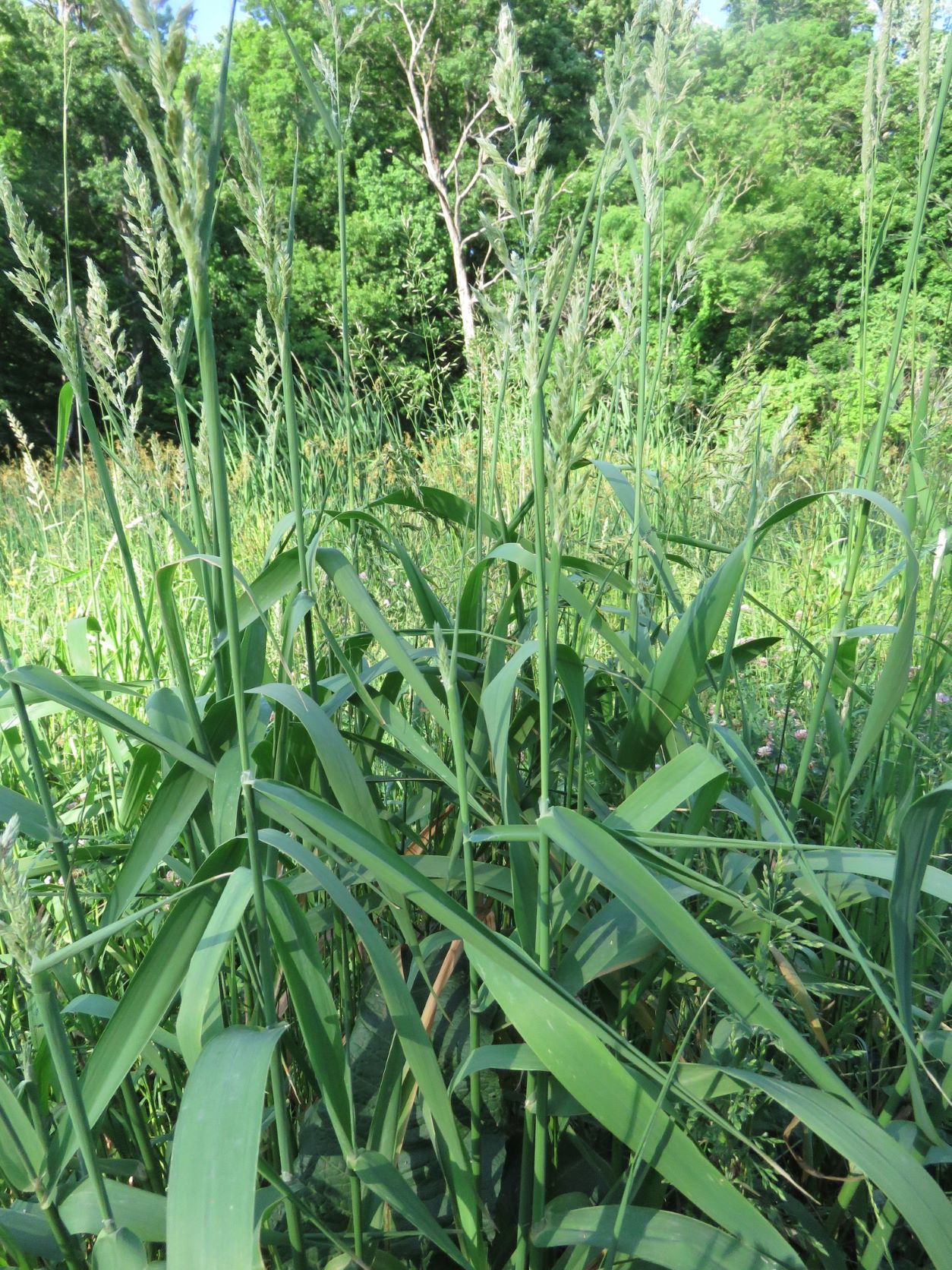
"4382804" by Matthew Salkiewicz is licensed under CC BY-NC 4.0
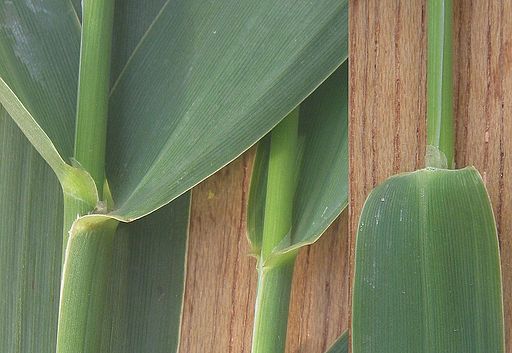
Leaf base is hairless (in contrast to that of the reed).
Rasbak, CC BY-SA 3.0 , via Wikimedia Commons
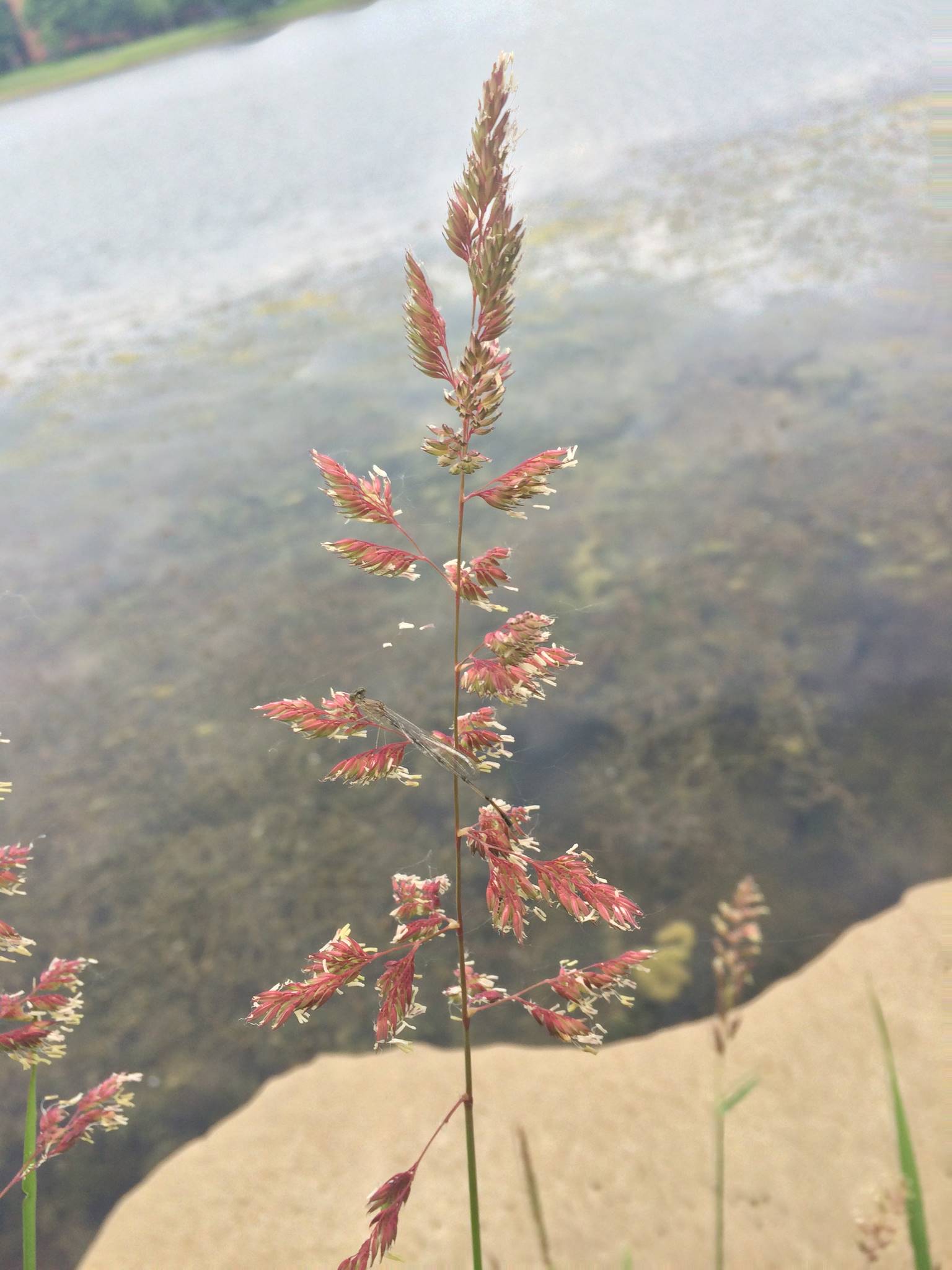
"3978121" by Paul Marcum is licensed under CC BY-NC 4.0
Hornwort (Ceratophyllum demersum)
Where?
The hornwort grows best in nutrient-rich (eutrophic), stagnant to slow-flowing and summer-warm waters, with humus-rich muddy soils in water depths of 0.5 to 10 meters.
Appearance?
Submerged living plant with often reddish stems between 30 and 100cm long. Dark green, once, or twice branched, rigid leaves, arranged radially at regular intervals around the stem.
Special Features?
Rare, inconspicuous flowers up to 3mm long, between July and September. Its dense growth can outcompete native underwater vegetation, leading to loss of biodiversity.
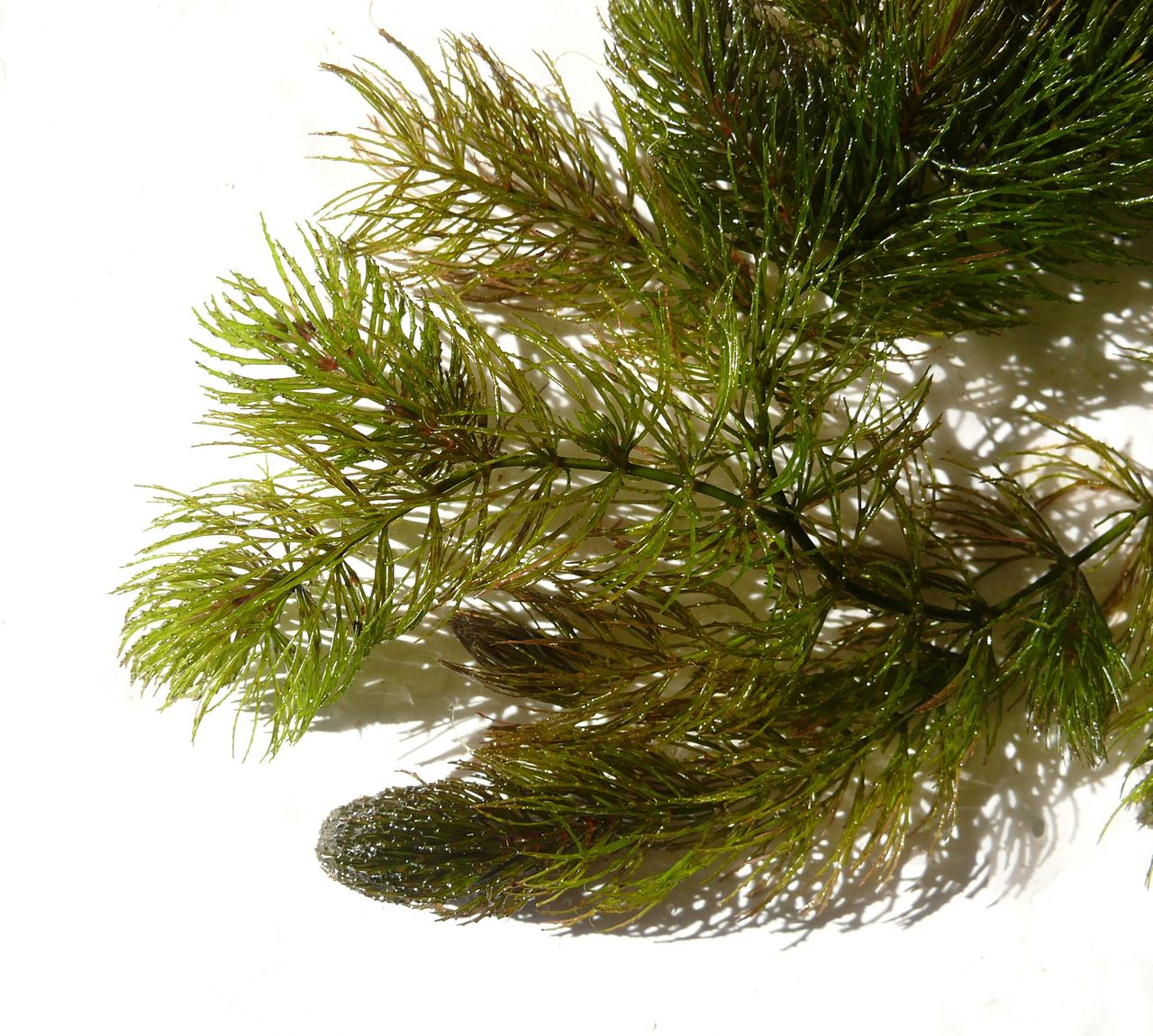
"Ceratophyllum demersum 240907a" by Bernd Haynold is licensed under CC BY-SA 3.0
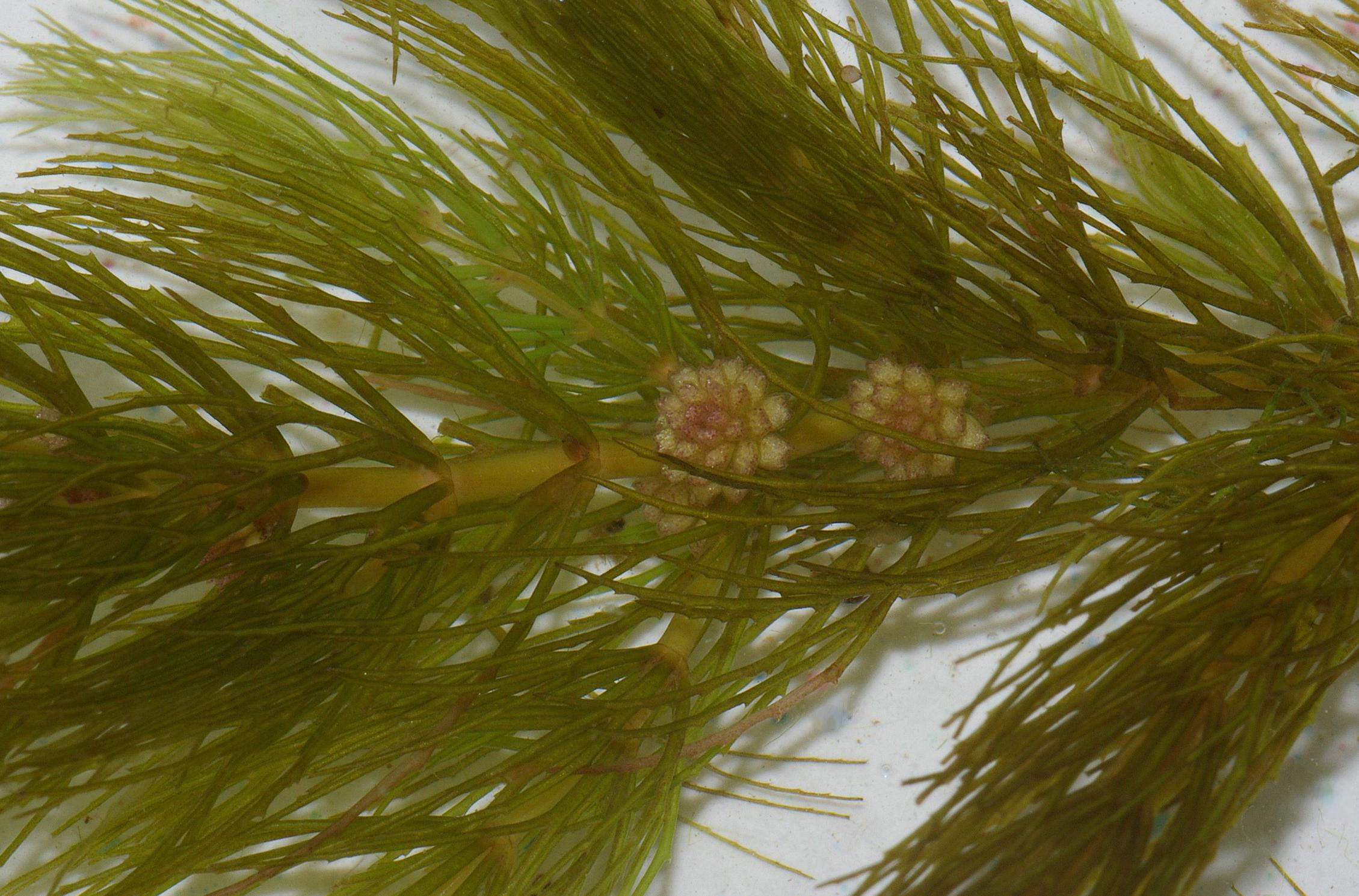
"Ceratophyllum demersum (inflorescence)" by Christian Fischer is licensed under CC BY-SA 3.0
Golden saxifrage (Chrysosplenium)
Where?
Golden saxifrage (Chrysosplenium) grow in Central Europe in wet places next to streams or on rocks in mountain gorges. However, many species also grow in drier places in rock crevices or on gravel slopes.
Appearance?
The Golden saxifrage form a genus of plants of the Saxifragaceae family with about 57 to 65 species. They are a small, perennial, herbaceous plant, with growth heights of 10-20 cm. The stem leaves can be opposite or alternate, are always undivided and grow without stipules, Characteristic of spleenworts are the inflorescences, which are usually surrounded by yellow to green, flat bracts. The calyx consists of usually four yellow, green or even reddish brown sepals with 4, 8 and rarely 10 stamens. The central ovary consists of 2 carpels, the bracts, sepals, stamens and carpels are mostly on one level..
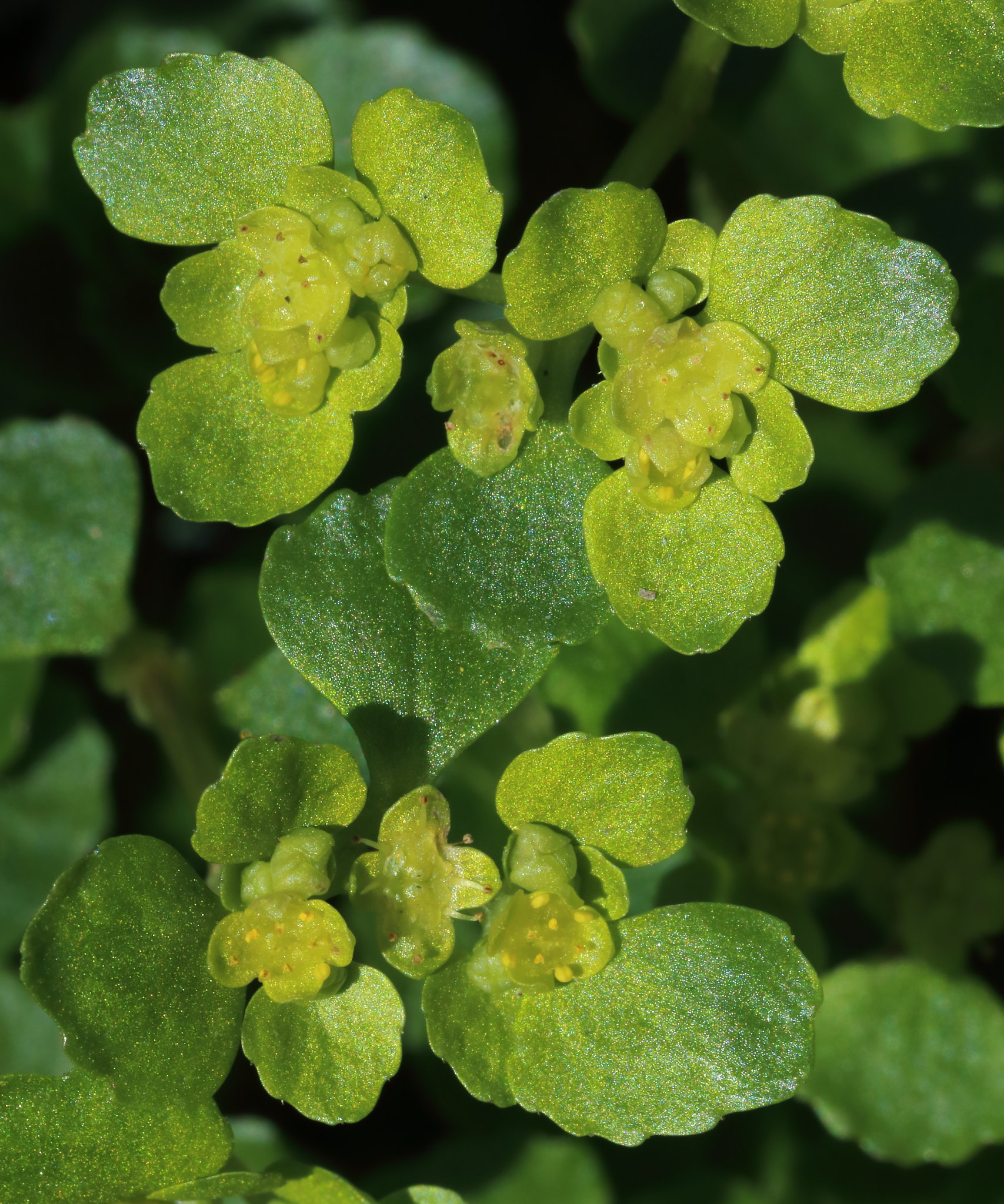
"Chrysosplenium oppositifolium (Opposite-leaved Golden Saxifrage)" by pluralzed is licensed under CC BY-ND 2.0
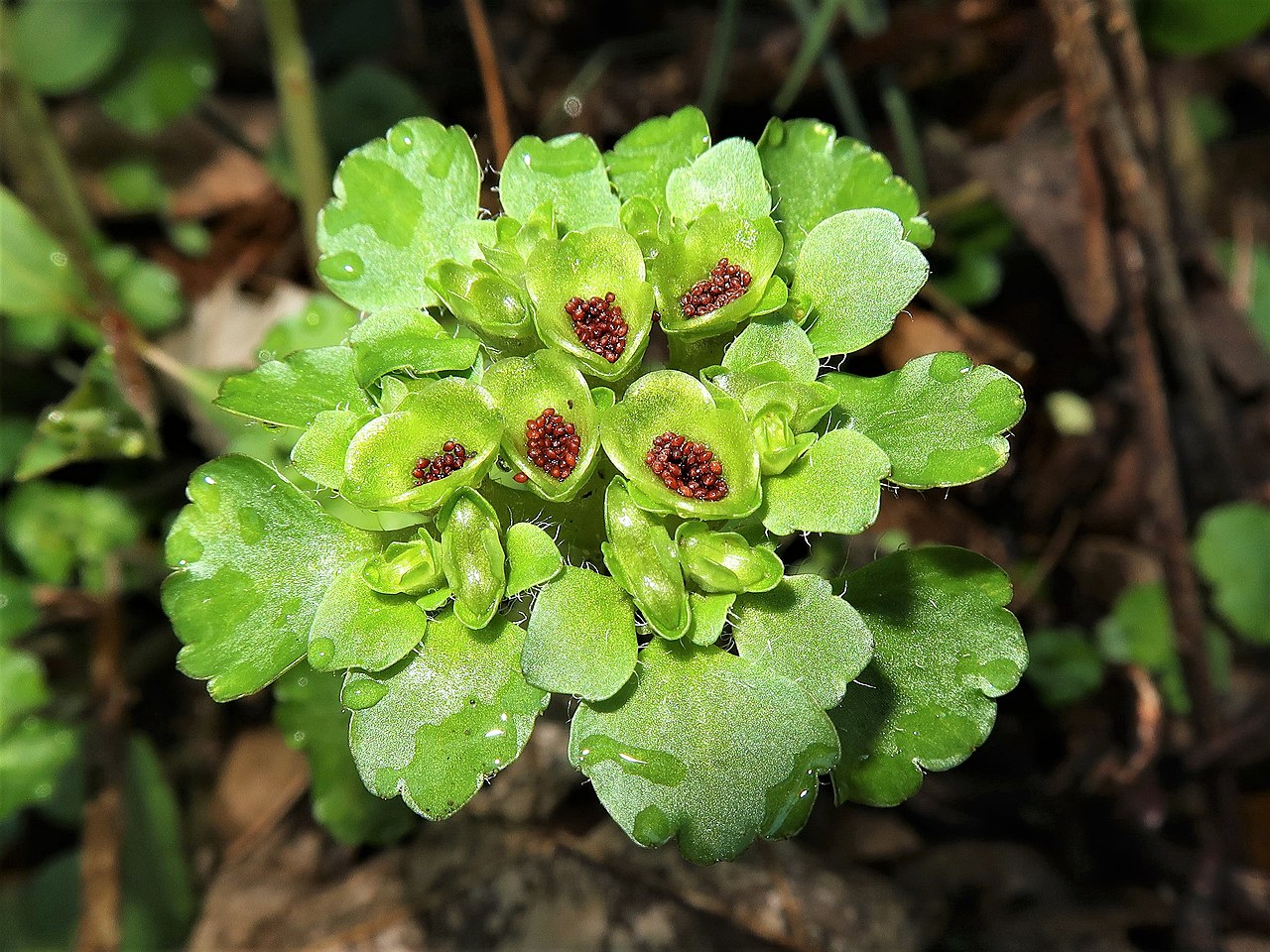
"Chrysosplenium japonicum 7" by Qwert1234 is licensed under CC BY-SA 4.0
Sago pondweed (Potamogeton pectinatus)
Where?
The Sago pondweed can be found in many water types and is indifferent for the waterquality and belong to the flloating leaf water plants. It occurs in oligo- (low nutrient content) as well as in eutrophic, slow flowing or still waters. It grows mostly on humic soils and requires water depths of 20 to 350 cm.
Appearance?
It is a permanently submerged, deciduous, highly branched plant with limp, filamentous leaves that grow up to 3 mm thick.
Special Features?
The plant forms 2-5 cm long spikey flowers from May to September. The waterplant may also be known from the synonym Stuckenia pectinata.
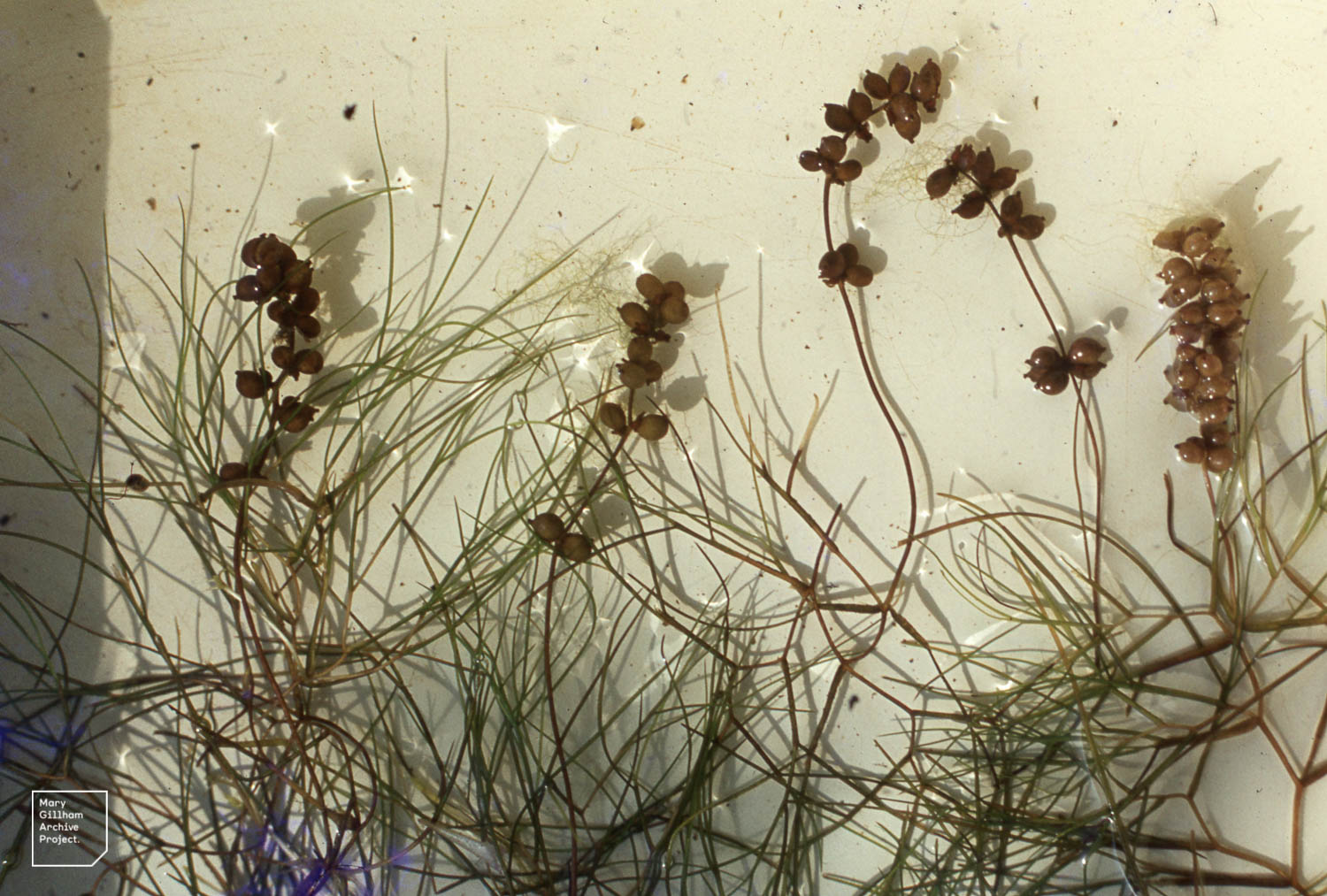
Bur-reed (Sparganium)
Where?
Bur-reed (Sparganium) are a plant genus of the bulrush family and occur in about 21 different species. They grow on damp to wet, temporarily or always flooded sites on water banks, swamps and bogs. Due to their (under suitable conditions) very dense stands, they form so-called reed beds.They often occur together with cattails, sedges and rush species.
Appearance?
Bur-reed species are green overwintering perennial herbaceous plants, some of which grow completely underwater or with floating leaves and inflorescences at or above the water surface. The alternate deciduous leaves are oblong, grass-like in shape, and consist of a spongy floating tissue. The inflorescence consists of male and female spherical partial inflorescences that grow as white to dark green, spiny-looking flower heads.
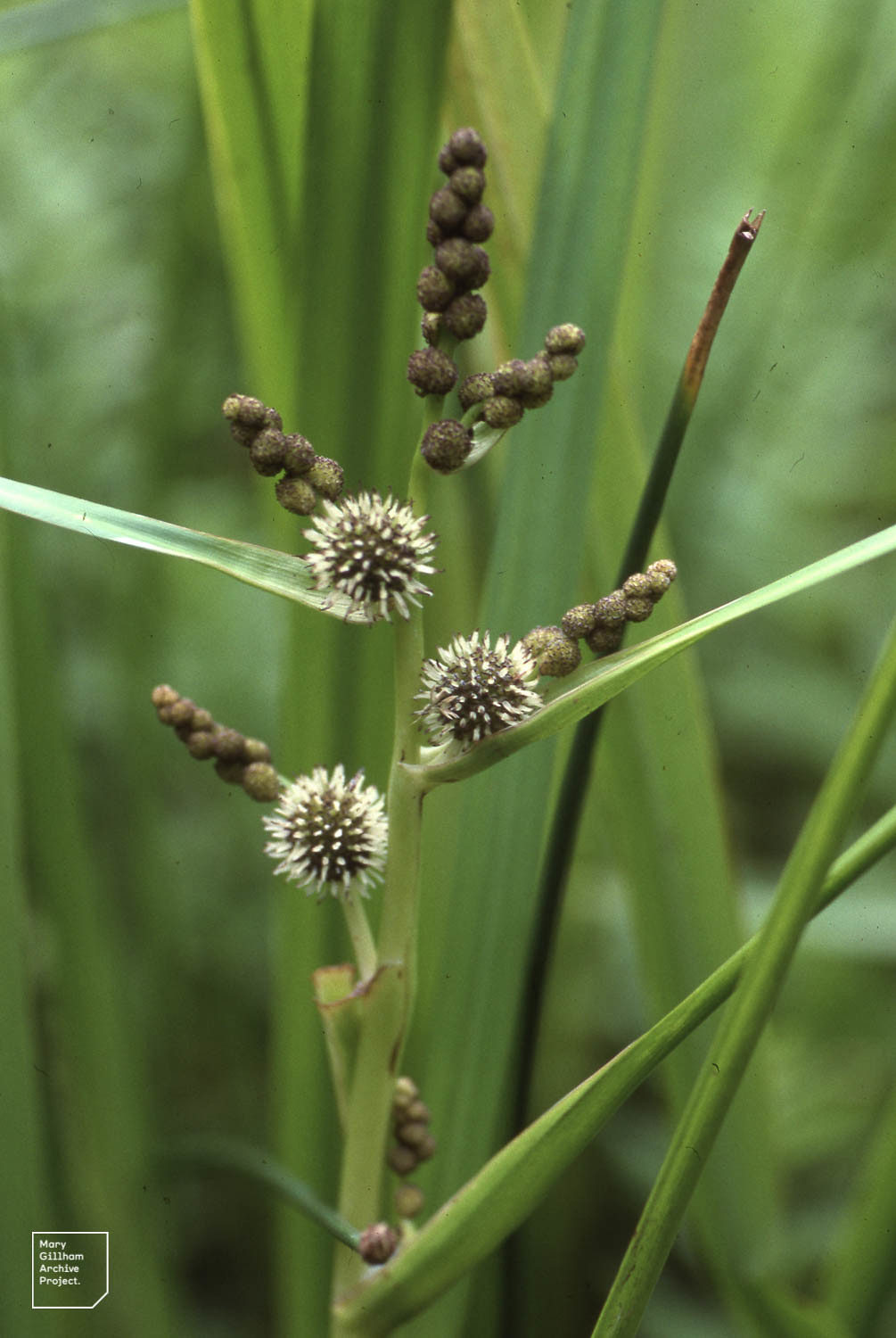
"Sparganium erectum. Forest Farm Pond. 1990" by Dr Mary Gillham Archive Project is licensed under CC BY 2.0
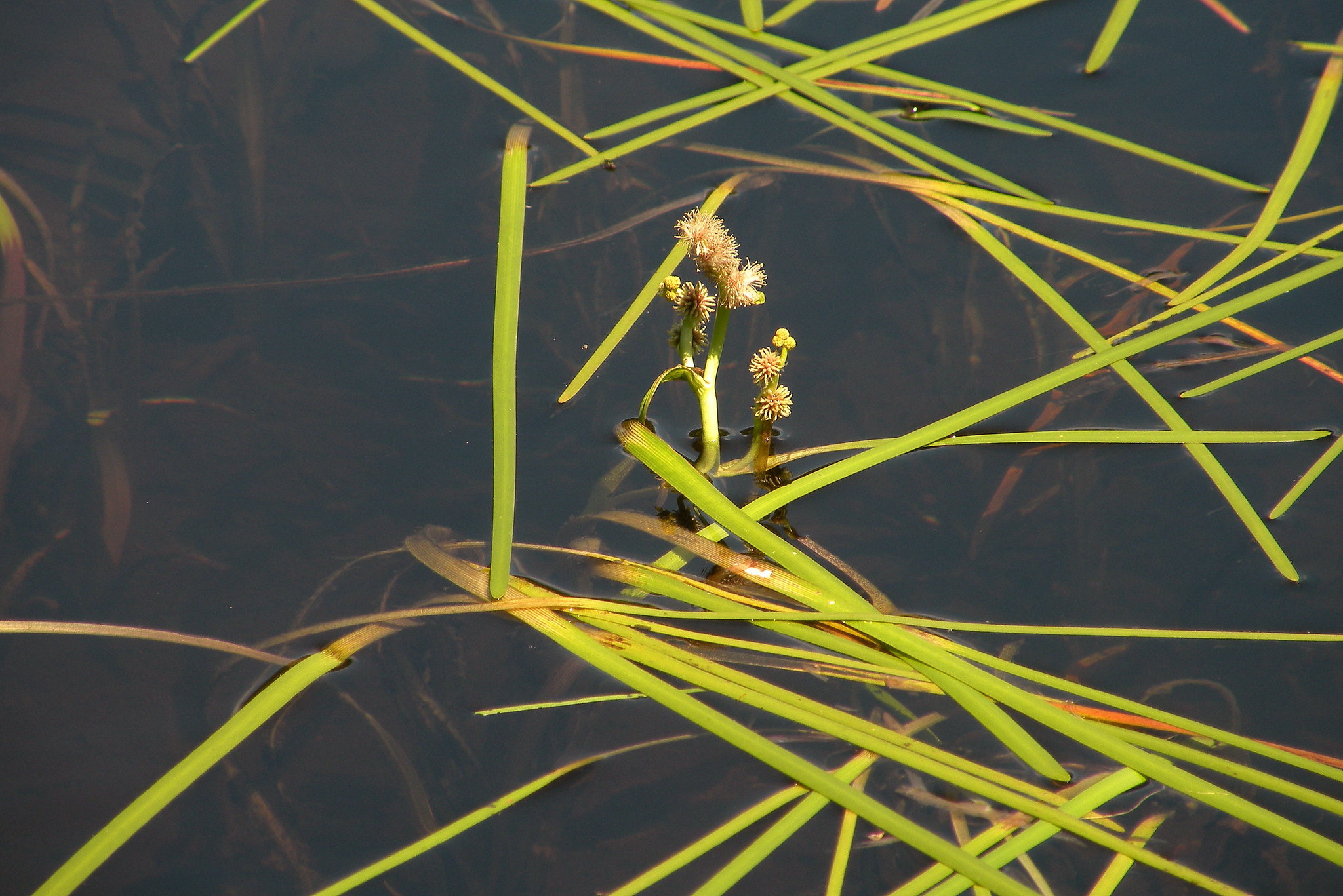
"Sparganium fluctuans (floating bur-reed), Abbey Pond, Ripton, VT" by Doug McGrady is licensed under CC BY 2.0
Water silk (Spirogyra)
Where?
The Water silk is a grren algae, it grows best in nutrient-enriched (eutrophic), clear and calm waters. The green alga is found only in ecologically disturbed waters and indicates poor condition of the water body.
Appearance?
Filamentous, free floating, light green slimy patches.
Special Features?
With enough sunlight and warmth, small bubbles form and the algae rise to the water surface.

"SpirogyraIreland" by Notafly is licensed under CC BY-SA 4.0
Hemp-agrimony (Eupatorium cannabinum)
Where?
Hemp-agrimony (Eupatorium cannabinum) usually thrives in moist meadows, wet meadow fallows, on the banks of ditches and streams, or along forest edges and in woodlots. Common waterwort is a nutrient and moisture indicator.
Appearance?
Hemp-agrimony is a deciduous, perennial, herbaceous plant that reaches growth heights of 50 to 175 centimeters. The erect, short-haired, richly leafy stem, branched only in the upper part, often has a reddish tinge. The stem leaves are arranged opposite and usually palmate with 3-5 pinnae with toothed leaf margins. The total inflorescence contains numerous, small, dense, partial inflorescences. The corollas contain four to six tubular flowers of five pink, rarely white petals. The flowering period is from July to September
Special Features?
Hemp-agrimony is widespread throughout Europe, western Asia, and northern Africa. In North America and Australia it is a neophyte. Insects love the Hemp-agrimony.
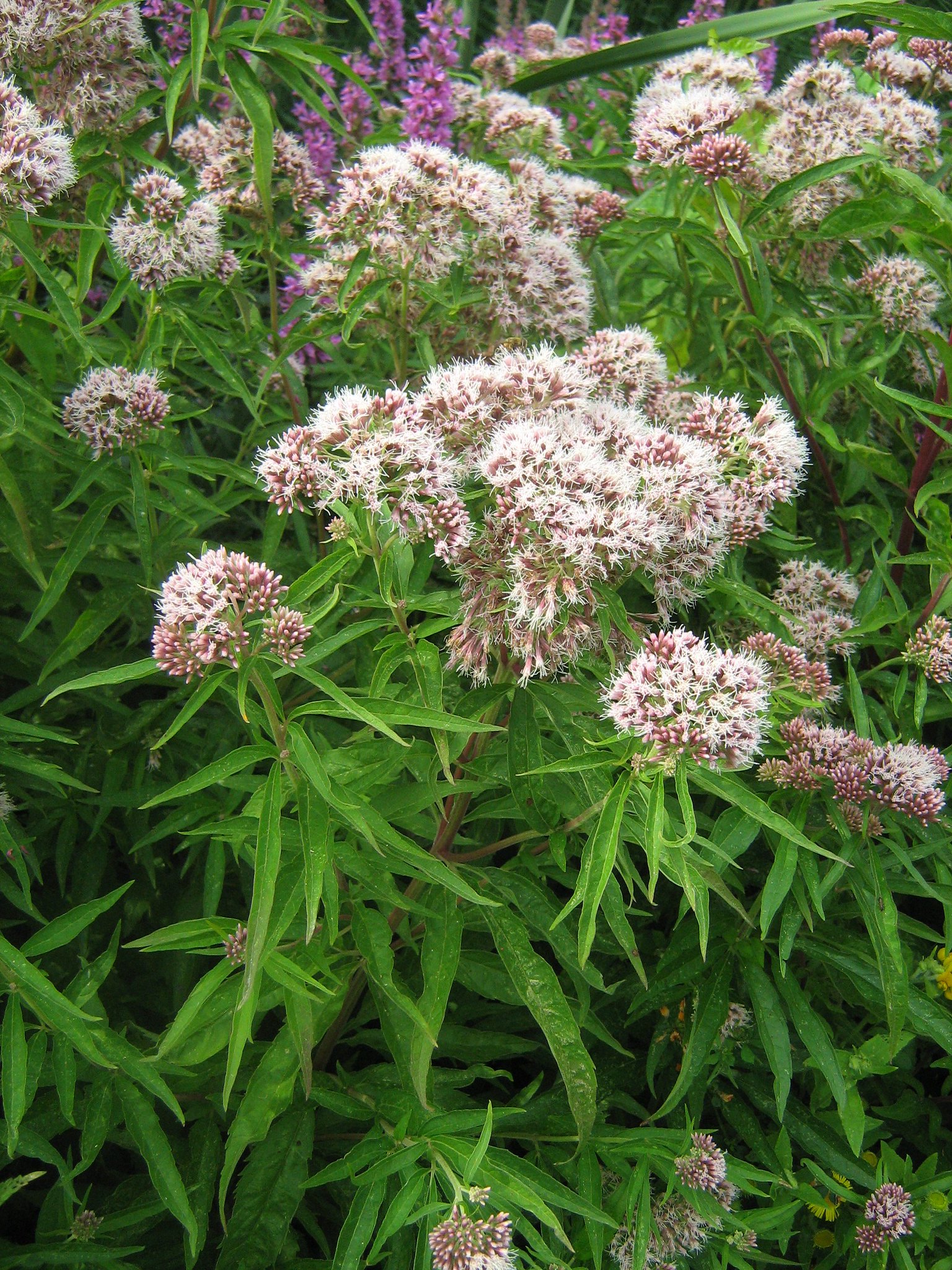
"Eupatorium cannabinum, Hemp-agrimony, Koninginnekruid" by ekenitr is licensed under CC BY-NC 2.0
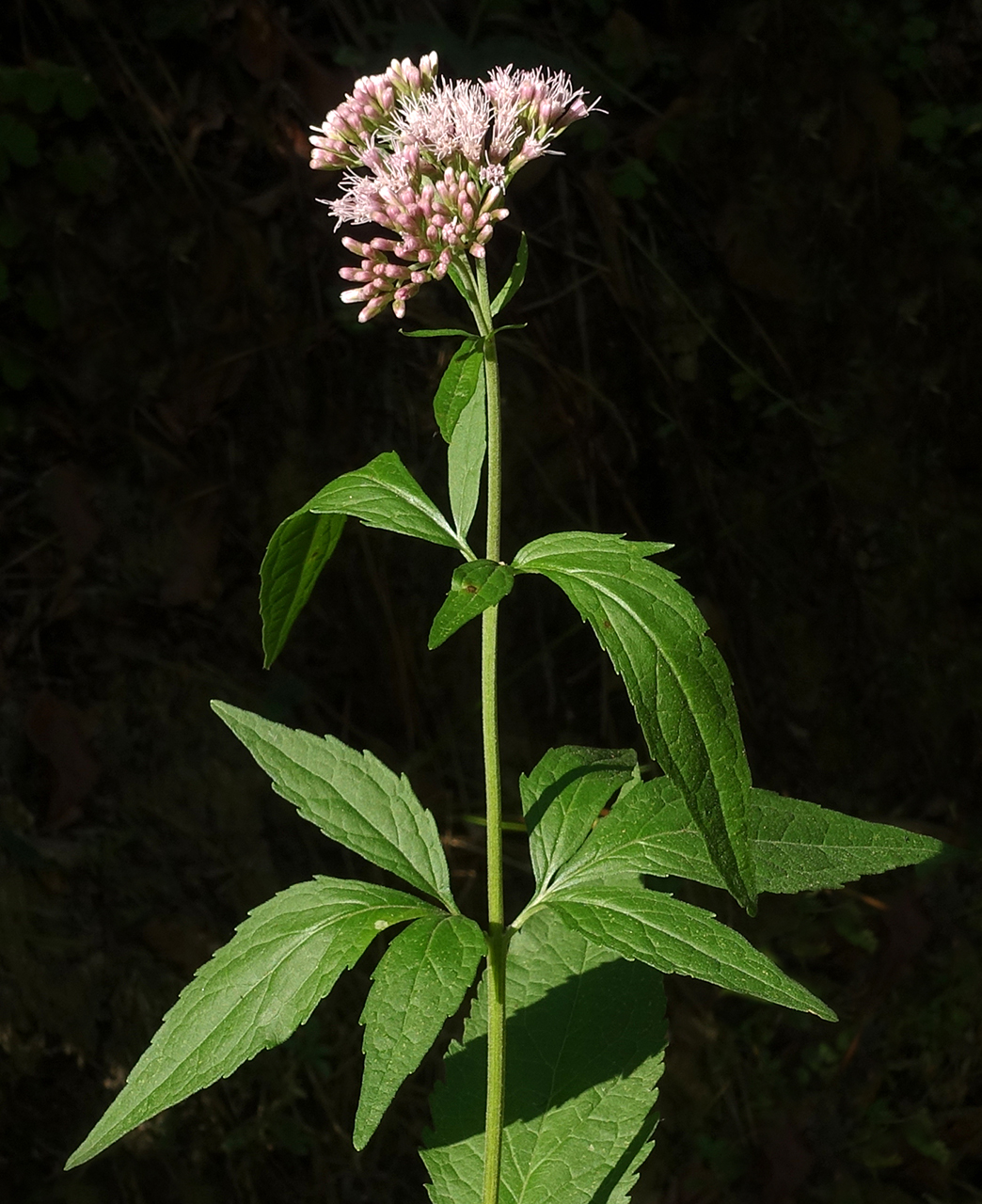
"Eupatorium cannabinum 1" by Hladac is licensed under CC BY-SA 4.0
Ground elder (Aegopodium podagraria)
Where?
Ground elder (Aegopodium podagraria) grows primarily in nitrogen-rich, shady, moist, loose soils. Due to the strongly proliferating rhizome, the low demands and thus rapid spread, it is generally considered a troublesome weed.
Appearance?
The Ground elder is a partially wintergreen, perennial herbaceous plant that reaches heights of 30 to 100 cm. The alternate leaves are ovate-oblong, have a serrated margin and consist of 2 to 3 leaf segments. The flat and 12- to 25-rayed inflorescence consists of many small white flowers that bloom from June to July.
Special Features?
Ground elder was used as a medical plant in the Middle Ages, but its effect has not been proven. It is also considered a tasty wild vegetable.
"Blütendolden Girsch" by 4028mdk09 is licensed under CC BY-SA 3.0
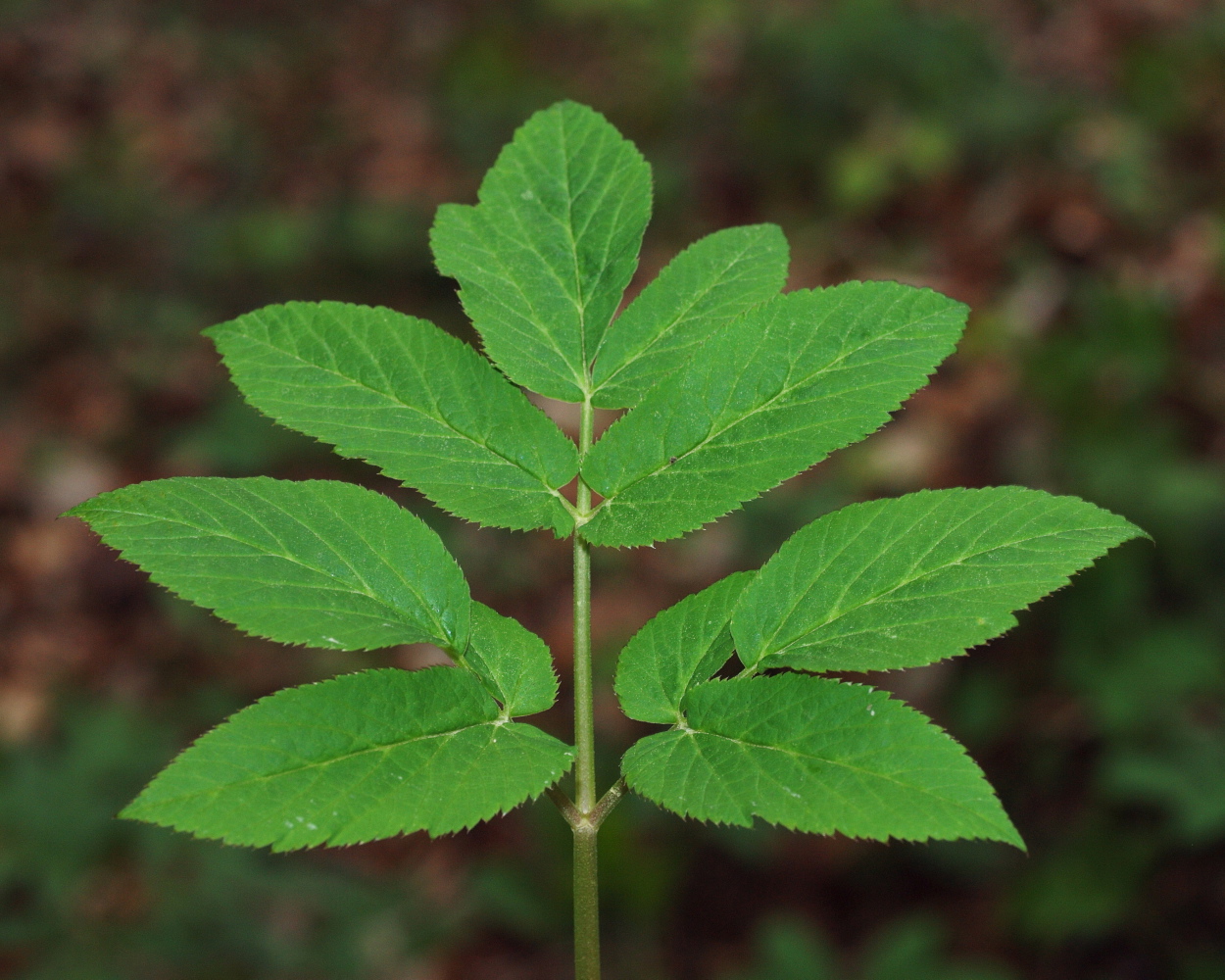
"Aegopodium podagraria (48°11' N 16°03' E)" by HermannFalkner/sokol is licensed under CC BY-NC-SA 2.0
This website uses no external trackers, no analytics, just session cookies and values your online privacy.

